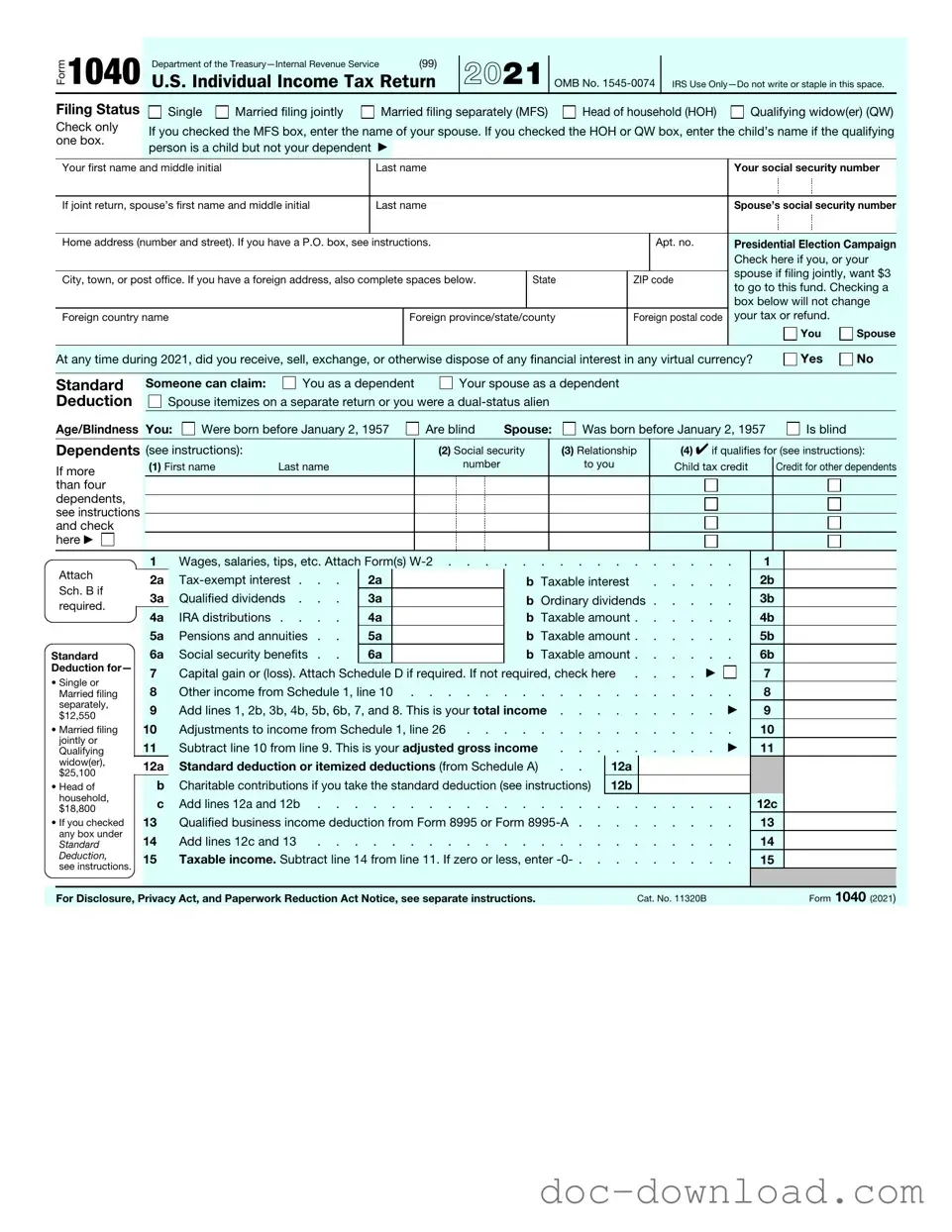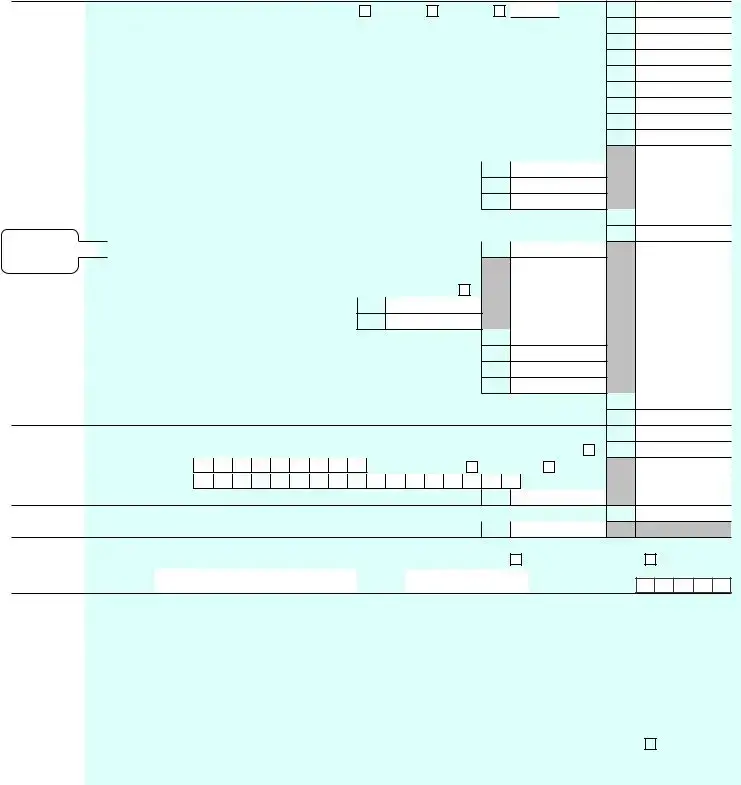The IRS 1040 form, widely recognized as the individual income tax return, bears similarities to several other documents that play crucial roles in personal and business finance. Each of these forms serves to report income, calculate tax obligations, or claim deductions and credits, much like the 1040. Understanding these documents can provide clarity on their respective functions and how they relate to the overall tax landscape.
The W-2 form is one of the most common documents associated with the 1040. Employers issue this form to report wages paid to employees and the taxes withheld from those earnings throughout the year. When filling out the 1040, taxpayers use information from their W-2 forms to accurately report their income and calculate their tax liability. The W-2 ensures that the income reported on the 1040 aligns with what the IRS has on record, creating a clear link between employment earnings and tax obligations.
Another document that resembles the 1040 is the 1099 form. This form comes in various types, such as the 1099-MISC or 1099-NEC, and is utilized to report income received from sources other than traditional employment, such as freelance work or contract jobs. Like the W-2, the 1099 provides essential information that taxpayers need to accurately report their income on the 1040. The 1099 helps ensure that all income is accounted for, regardless of its source, thus supporting the integrity of the tax reporting process.
To streamline your lending process, consider utilizing the simple Loan Agreement template that outlines crucial terms and conditions between lenders and borrowers. This essential document ensures clarity in loan repayments and responsibilities, facilitating a secure financial transaction.
The Schedule C form is specifically designed for self-employed individuals and sole proprietors. It allows them to report income and expenses related to their business activities. When completing the 1040, self-employed individuals attach their Schedule C to provide a comprehensive view of their earnings and deductions. This document is crucial for calculating net profit or loss, which directly impacts the overall tax liability reported on the 1040.
For those who own rental properties, the Schedule E form is essential. It is used to report income or loss from rental real estate, partnerships, and S corporations. Just like the Schedule C, the information from Schedule E feeds into the 1040, allowing property owners to reflect their rental income accurately. This form helps ensure that all sources of income are considered when determining tax obligations.
The 1098 form is another document closely related to the 1040, particularly for homeowners. This form reports mortgage interest paid to lenders, which may be deductible on the taxpayer's return. When preparing the 1040, homeowners can use the information from the 1098 to claim this deduction, potentially lowering their taxable income. This connection highlights how various financial documents can influence tax outcomes.
The Form 8889 is relevant for individuals with Health Savings Accounts (HSAs). It allows taxpayers to report contributions to and distributions from their HSAs. When completing the 1040, taxpayers use the information from Form 8889 to determine any tax deductions or penalties related to their HSA. This form ensures that taxpayers accurately reflect their health-related financial activities in their overall tax filings.
The Form 8862 is crucial for individuals who wish to claim the Earned Income Tax Credit (EITC) after having their eligibility denied in previous years. This form must be filed with the 1040 to demonstrate eligibility for the credit. The 8862 serves as a means of re-establishing a taxpayer's right to claim this beneficial credit, which can significantly impact the final tax refund or liability.
The Schedule A form is used by taxpayers who choose to itemize deductions instead of taking the standard deduction. This form allows individuals to report various deductible expenses, such as medical costs, mortgage interest, and charitable contributions. When filling out the 1040, taxpayers who opt for itemization will include their Schedule A to provide a detailed account of their deductible expenses, potentially leading to a lower tax bill.
Lastly, the Form 1040-X is the amended return form that allows taxpayers to correct errors or make changes to a previously filed 1040. If an individual discovers an omission or needs to adjust their income or deductions, they would use the 1040-X to ensure that their tax records are accurate. This form reflects the importance of maintaining accurate and up-to-date information in the tax system, much like the original 1040.



